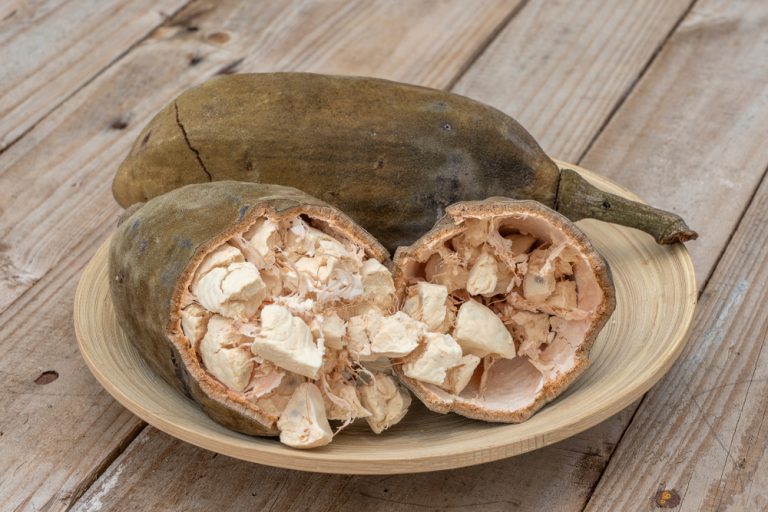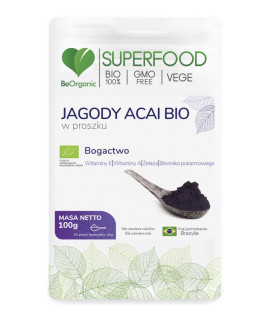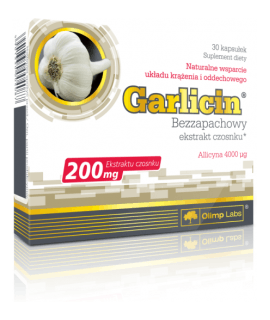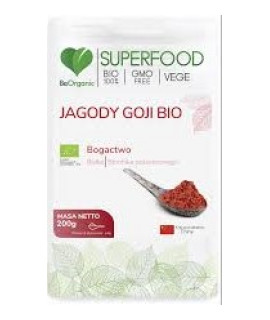Baobab is one of the most famous African trees. It is also extremely long-lived - a thousand-year-old tree is not unusual and there are some which are estimated to be around 3000 years old. For most of the year, its branches remain leafless, which is why it is often referred to as "the tree that grows the other way round". According to African legend, it was an angry God who turned the tree with its crown down.
The origin of the baobab tree
In Africa, it is also often called “the tree of life”, due to the many uses that all its parts have - from the roots to the leaves. The fresh leaves are eaten like spinach (and also added to dishes, sauces, and drinks), while the young shoots can be eaten like asparagus. The peel is fed to animals, the pulp is used to prepare refreshing drinks and dishes, and the seeds are used to extract valuable oil. The bark fibers are used to make everyday items ropes, baskets, nets, clothes, and paper.
Full of valuable nutritional values
The tart and sour, free-flowing flesh of baobab fruits is full of vitamin C - the friend of immunity, as well as a substance with strong antioxidant properties. It is estimated that it can contain about 6 to even 10 times more of it than an orange (depending on which tree it comes from).
It is also an excellent source of calcium - the basic building block of our bones and teeth. According to various studies, 100 g of baobab fruit contains from 200 to 300 mg of this element, which is 2 to 3 times more than in cow's milk. Even more, from 300 to 500 mg of calcium can be found in the fresh leaves.
It also contains a significant amount of potassium - a valuable macroelement and electrolyte, which takes care of the proper functioning of the nervous system and muscles (including the function of the heart muscle). In 100 grams of pulp, there is about three times as much of it as in a banana which is most known for its high potassium content.
The fruit pulp is also rich in fiber, as well as a set of essential amino acids - those that our body cannot produce on its own, and which we must provide with food. Baobab fruits are especially rich in tryptophan, which is necessary for the production of serotonin, called the "hormone of happiness".
Baobab has been used for centuries by the inhabitants of Africa not only to satisfy hunger or thirst but also as a medicinal plant. As it turns out - quite rightly.
Research since the 1960s has shown that specific parts of the baobab have specific medicinal properties. For example, the pulp of the fruit has a mild analgesic, antipyretic and anti-inflammatory effect. It is also helpful in treating diarrhea.
In addition, some studies have found that eating baobab fruit pulp helps protect from liver damage. The bark from stems and roots has been shown to have antibacterial activity, especially against Gram-negative and Gram-positive bacteria and yeasts. The smoke from the powdered leaves repels and even kills flies and malaria-carrying mosquitoes.
Baobab seed oil - a natural cosmetic for skin problems and wrinkles
Oil pressed from baobab seeds is also a valuable product. It is used both for food and to combat a variety of skin problems. Due to the fact that it usually does not irritate or cause allergic reactions, it is great especially for people with sensitive skin.
It contains a composition of antioxidants necessary for skincare, including regenerating vitamin A and anti-aging vitamin E. Therefore, it is especially useful for mature skin, as a natural anti-wrinkle serum.
Alone or in combination with other ingredients, it is also used as a preparation that helps heal minor wounds or cuts, as well as a hair mask (for dry, brittle hair and split ends). It can also be used in skincare for people suffering from psoriasis and eczema.









